Review of winter wheat variety "Yuka"
To obtain high-quality flour and bakery products, it is necessary to choose the right varieties of wheat. Yuka is the newest winter variety created by Russian breeders, meets all GOST requirements and is characterized by a high yield. Positive feedback from farmers confirms the reliability, productivity and high resistance to diseases of winter wheat.
What kind of wheat is this?
Two varieties were used to create Yuca winter wheat: Polovchanka and Rufa. Yuca wheat belongs to the cultivar lutescens. It was entered into the State Register of the Russian Federation in 2012. Specialists from the Krasnodar Agrarian Station of the Research Institute of Agriculture worked on the development of the winter crop.
Reference! Lutescens is a variety of soft wheat with a white, hairless ear and red grain. One of the most common varieties.
Characteristics and description of the variety
The cereal plant has low stems, the height of which does not exceed 1 m.. The color of the ears is yellow, the grains belong to the soft type. The plants are resistant to bending of the stems, the ears do not fall off. The root system is located close to the soil surface. The leaves are long, lanceolate.
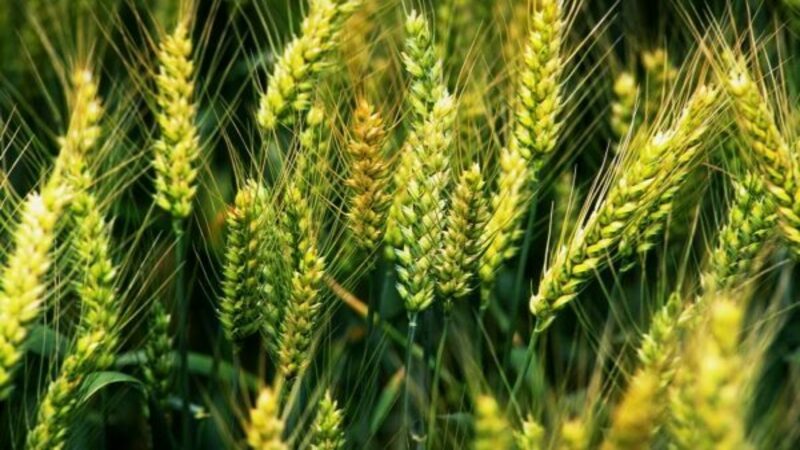
The stem-straw is hollow inside, thickest in the middle. Side shoots can grow from underground stem nodes.
Pollination in cereal plants is independent. In sunny weather the flowering is open, in the absence of sun it is closed. The ripening period is medium-late, the growing season lasts 92-100 days.
High resistance to diseases, Yuca is practically not susceptible to stem rust and powdery mildew. Good resistance is observed in relation to fusarium head blight and septoria blight.
Reference! Disease resistance tests were carried out over a period of 3 years.
Features of wheat
Wheat resistant to severe drought and hot climates. In addition, the winter hardiness indicators of the variety are above average.
Interesting things on the site:
Characteristics of the winter wheat variety “Bagrat”
Properties of wheat
Wheat properties are divided into approbation, flour-grinding and baking properties.
Approbation
Approbation is carried out to determine the purity of the variety. Yuka has the following approbation properties:
- erect or semi-erect form;
- the anthocyanin color of the coleoptile (the first true leaf after the cotyledons) is absent or weakly expressed;
- sparse spraying of spikelets;
- straw of medium thickness;
- the spike is tubular, oblong, white;
- The grains are red in color, slightly elongated, medium in size. The weight of 1 thousand grains does not exceed 45 g.
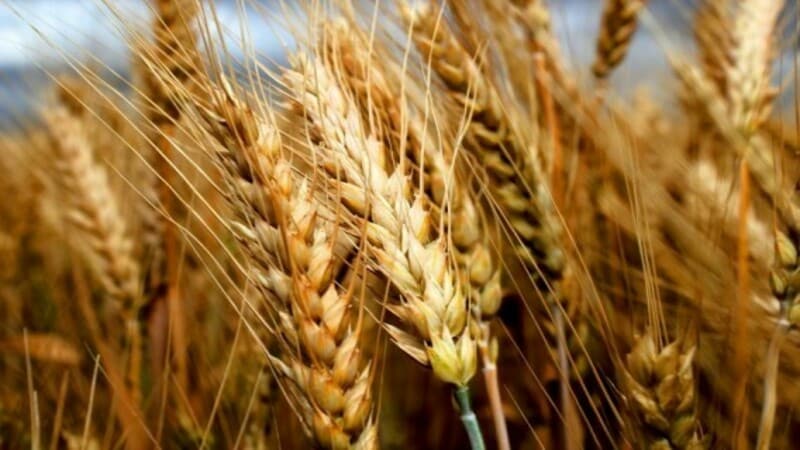
Flour mills
Flour-grinding properties are an important technological indicator. The main value of grain is the ability to obtain high levels of finished flour. They are produced by large, aligned spherical grains.
The average protein in Yuki grains is 13.8%, raw gluten does not exceed 27-28%. The grains are easily processed into flour, so its milling properties are considered high.
Bakery
Baking properties are determined by the quality of flour from which bread is baked. Light flour obtained from the Yuca variety is excellent for baking baked goods and any other confectionery products.
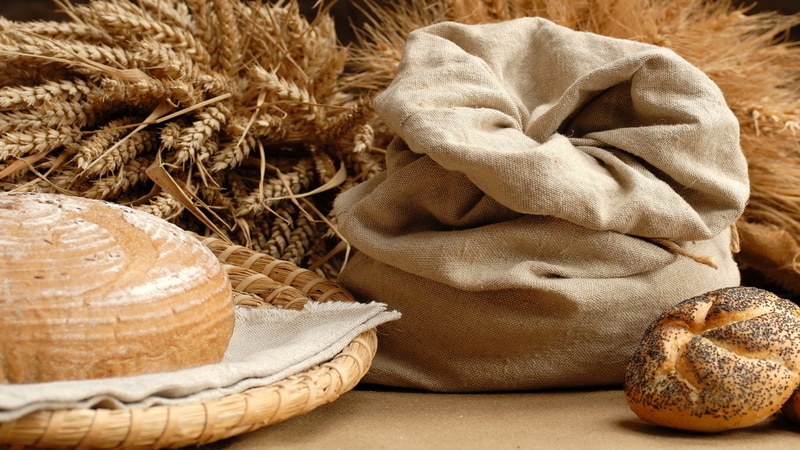
The baking properties of the grains are affected by the raw gluten content in the grains. With an indicator of over 30% is considered a high level, 26-30% indicates average baking properties.
Because winter wheat is a soft grain crop; its flour is used for baking bakery products. Bread made from wheat flour is not only tasty, but also nutritious. Yuca is not used to make pasta. For high quality pasta, durum flour is used.
Reference! Wheat is widely used in the processing industry. Alcohol, starch and dextrin are obtained from it. And straw is ideal for paper production.
Features of agricultural technology
Not only germination, but also productivity depends on the correct cultivation of field crops.
Sowing dates
Winter crops begin to be sown in late September - early October, that is, before winter (hence its name). Wheat loves fertile soil rich in macro- and microelements. With a lack of nutrients, the yield is noticeably reduced. Therefore, before sowing the seeds, the soil is dug up with humus and a full range of mineral fertilizers added.
Wheat is sown mainly after clover, peas and other legumes. These are good predecessors for all crops.
Read also:
Sowing
Seeding rate - the number of seeds sown per 1 hectare to obtain a full harvest. It depends on the region and soil composition. The optimal seeding rate is 4-5 million grains per 1 ha or 160-250 kg/ha.
When sowing in black soil or fertile soils, this figure is reduced. In heavy soil with low germination, sow more.
Reference! When sowing 400-500 seeds per 1 m², you will get 600-700 new stems.
The depth of sowing determines the germination and density of seedlings, as well as resistance to lodging during further growth and development. The seed is buried no more than 3-5 cm in light soil and 2-3 cm in heavy soil. With deeper sowing, the sprout will be weakened.
Wheat is sown in loosened soil saturated with mineral fertilizers.

Further care of wheat
For full growth winter wheat requires fertilizers:
- Nitrogen. It is applied during the spring digging of the soil and a second time immediately before planting, in the fall. The crop also needs nitrogen fertilizing during the period of thickening of the stem and at the beginning of milky ripeness of the grain.
- Potassium – once during the main soil treatment 2 weeks before sowing.
- Phosphorus. Apply when digging the soil in the spring and immediately before sowing.
After emergence of seedlings, the first treatment against pests and fungal diseases is carried out.. The most dangerous are grain flies and the fall armyworm. Plants are treated with pesticide solutions with the addition of growth stimulants. Pesticides are used throughout the growing season - at least 3-4 times.
Cereals are treated with fungicidal agents against fungal diseases.. One of the most common drugs is Falcon. It not only prevents the development of fungal spores, but also inhibits the growth of weeds.
When treating plants against diseases, microelements are added to solutions. This not only disinfects, but also strengthens the immune system.
Reference! During the flowering period, preventive measures aimed at pest control are not carried out.
Productivity
Winter crops have become widespread throughout Russia thanks to stable and high productivity. The average yield is 50-80 c/ha. This significantly exceeds the data of other wheat varieties. In addition, the crop is winter-hardy and perfectly adapted to prolonged drought.
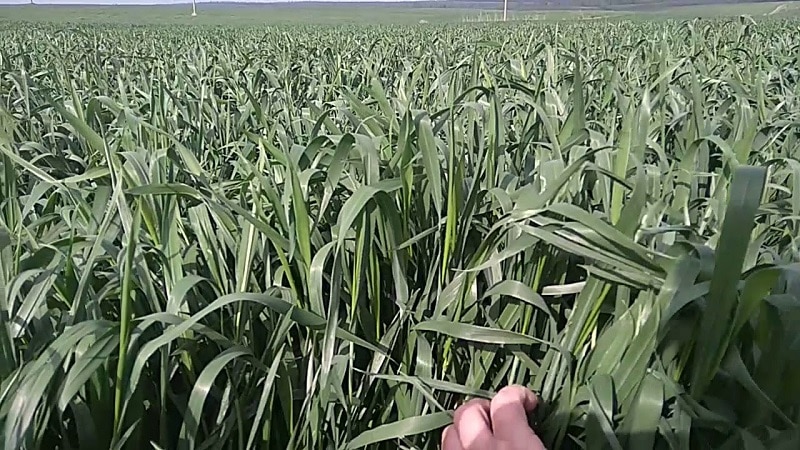
Harvesting
Harvesting is carried out when the grain reaches the stage of waxy ripeness., that is, complete technical ripeness. The harvest is harvested using a combine, which guarantees minimal losses. The grains are then hulled and, if necessary, drying machines are used to reduce moisture.
Advantages and disadvantages
Numerous benefits highlight Yuca wheat among other winter crops:
- possibility of landing in all regions;
- increased winter hardiness;
- high resistance to diseases;
- productivity is higher than standard indicators;
- adaptation to hot climates and prolonged drought;
- soft grain type;
- no tendency to shed ears;
- good resistance to bending of stems;
- high milling and baking properties.
Disadvantages include the superficial location of the root system, due to which the stem-straw of a cereal plant is weak.
Reviews about culture
Despite the relative youth of the culture, Yuka has many positive reviews.
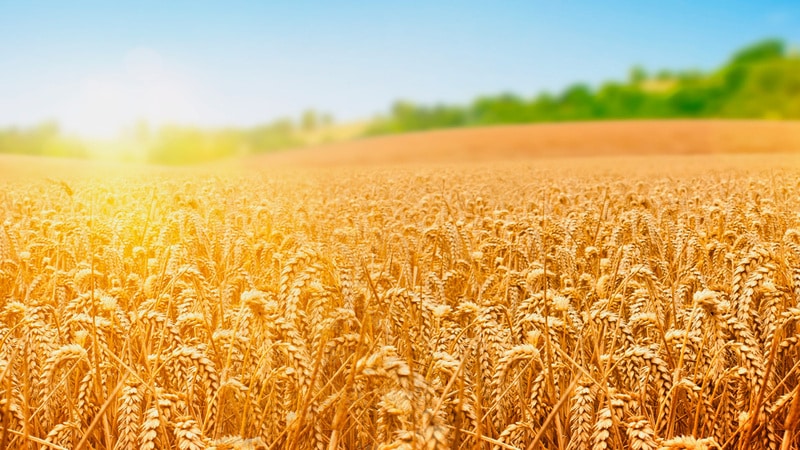
Yaroslav, Vladimir region: “I’ve been sowing Yuka wheat for 2 years now. I sow in the field where I previously grew potatoes. The variety is unpretentious, grows well, germination is almost 100%. During the entire growing season I apply nitrogen and phosphorus fertilizers three times. And I treat grains against pests the same number of times. That’s why my plants are clean and don’t get sick.”.
Dmitry, Nizhny Novgorod region: “I am a baker, I have my own small production for baking bakery products. I buy different types of flour, but among them I always highlight the flour obtained from Yuca wheat. The bread made from it is airy, very tasty and retains its taste and softness for a long time.”.
Conclusion
The young wheat variety Yuka has become a favorite among many farmers for its unpretentiousness, disease resistance and high yield (50-80 c/ha). Flour-milling and baking properties increase the demand for the cereal plant, bringing profit to farmers. Wheat flour is excellent for baking bakery and confectionery products.